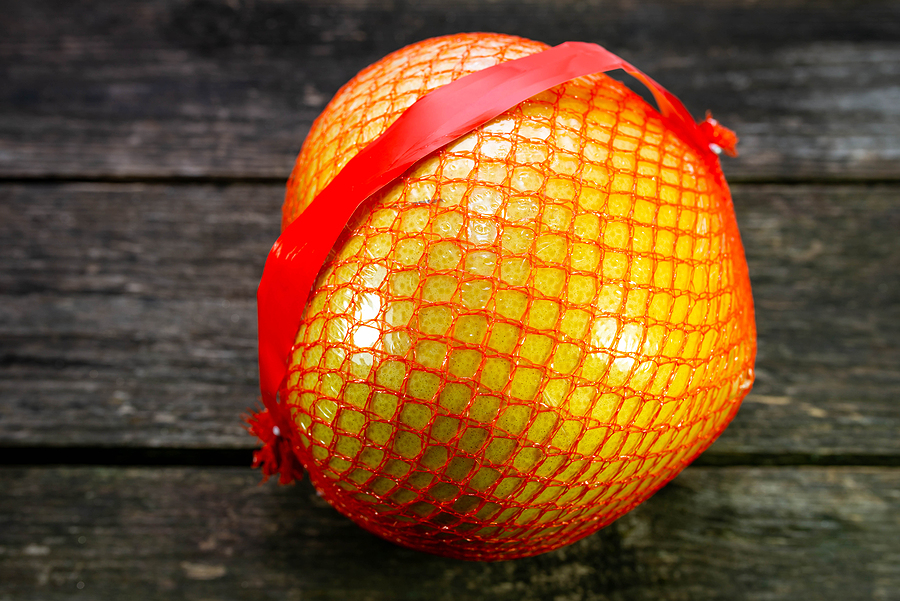Delicious, unusual foods explained
Wander down any major supermarket aisle and you’re sure to come across at least half a dozen foods you have not seen before, may not be able to pronounce and have even less idea of what to do with.
As supermarkets vie with each other to stock the latest exotic trend we look at a few unusual foods you may have noticed on the shelves.
Szechuan Peppercorn
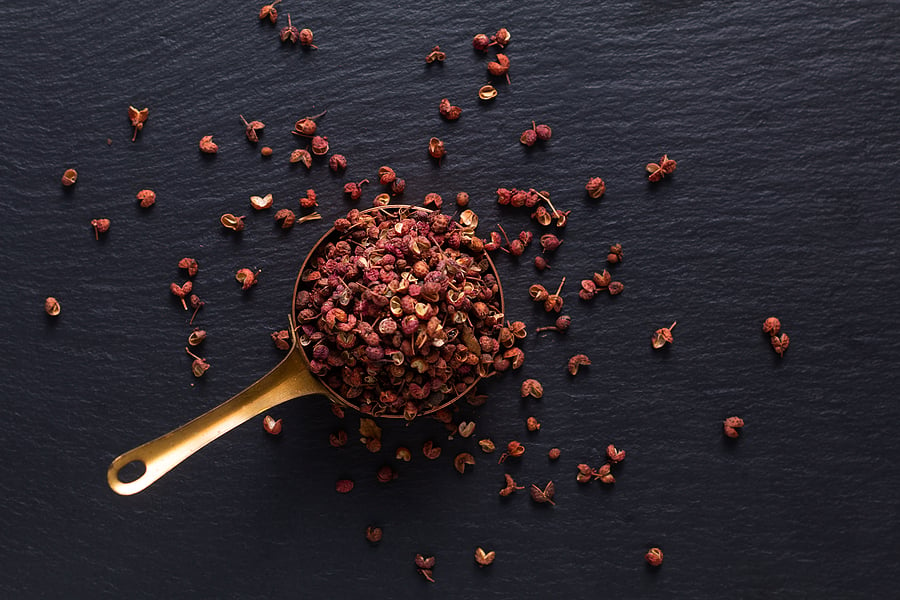
Szechuan pepper
Szechuan pepper is not a chilli pepper nor is it from a pepper plant. The peppercorns are in fact the dried berries of the Chinese prickly ash bush.
Smelling a little like lavender the Szechuan peppercorn tastes bitter at first, followed by a numbing heat and then a citrusy flavour. It causes a powerful numbing sensation in the mouth. Chefs of Sichuan cuisine believe that when the peppercorns are married with chilli peppers the numbing effect reduced the chilli pepper’s heat without losing any of the intense fruity flavours.
The Szechuan peppercorn by itself does not have more spicy hotness than black peppercorns but the mouth tingle you experience gives you an exciting combination of sensations.
Szechuan pepper is also a key ingredient of Chinese Five Spice.
Preserved Lemons
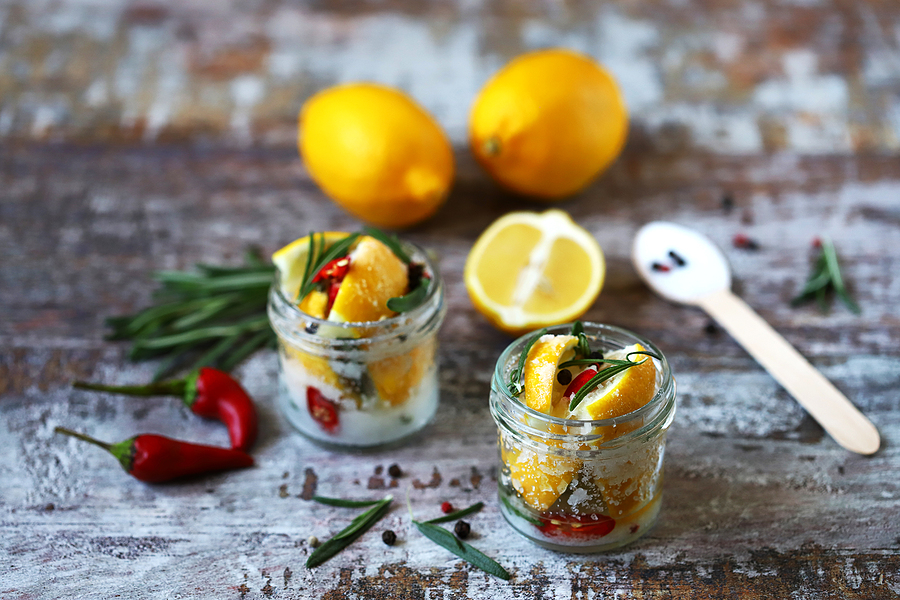
Preserved lemons
Preserved lemons are a staple in North African cooking, and are in essence, lemons that have been cured in salt and lemon juice for several weeks.
This may sound peculiar, but the result is a tender, mellow lemon peel with a salty kick which is just perfect for added lemony goodness and depth of flavour to dishes such as tagines, stews, soups, dressings, sauces and salads.
You can even use a tiny bit each time stirred through mashed potato to serve with fish or mixed into rice for prawn curry.
Preserved lemons can be purchased in a jar or you can make your own at home.
Guanciale
Most of us have probably heard of Pancetta, which is essentially pork belly that is salted and cured with pepper. Guanciale is similar but is produced from pork jowl (cheek) and typically cured in a mix of salt, pepper, sage, rosemary and garlic and then aged for several months to develop its flavour.
Guanciale is generally more fatty and less meaty than bacon or pancetta but without the smokiness and the three are mostly interchangeable in many recipes that call for those ingredients.
Two of the most common or well-known dishes that feature guanciale are pasta dishes which include spaghetti alla carbonara and amatriciana.
Amchoor
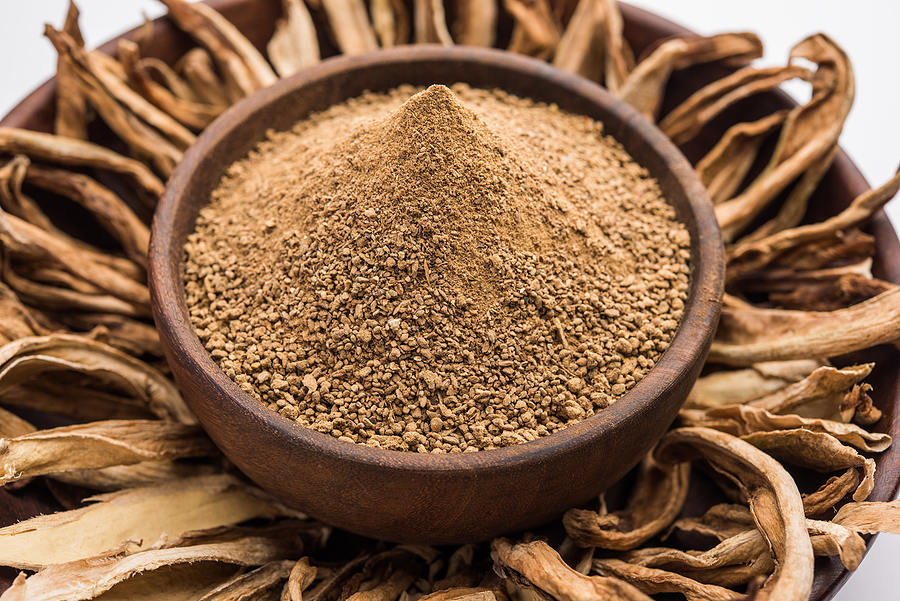
Amchoor
Amchoor or amchur is powdered green mango seasoning, also referred to as mango powder.
Mostly produced in India and Pakistan amchoor (amchur) is made from dried unripe green mangoes and is used as a citrusy seasoning. It is pale in colour with a tart yet fruity flavour and is wonderfully aromatic.
Amchoor works well in stews involving pulses, where it adds a fresh sharpness to the earthy flavour of lentils, chickpeas and rice. Also try adding it to barbecue marinades, dhals, and even a pinch or two to salad dressings for an extra hit of flavour. It’s a great way to perk up a variety of dishes, especially when you don’t have a lemon to hand.
Yuzu
Yuzu is a citrus fruit originating from central China and used widely in Japan.
It is yellow when ripe has the shape of an orange but its skin is a little knobbly. Its seeds are also larger and thicker than that of a lemon. It is highly aromatic, its scent is lemony with sweet floral notes, like that of orange flower water.
It has an intense aroma and is somewhere between a classic lemon and a grapefruit but has its own unique fragrance and flavour. Its juice and zest can be used in all manner of dishes where you would normally use a lemon or lime.
It smells so good the Japanese also use yuzu for perfumes and will ritualistically bath in yuzu during Toji (winter solstice).
Himalayan Pink salt
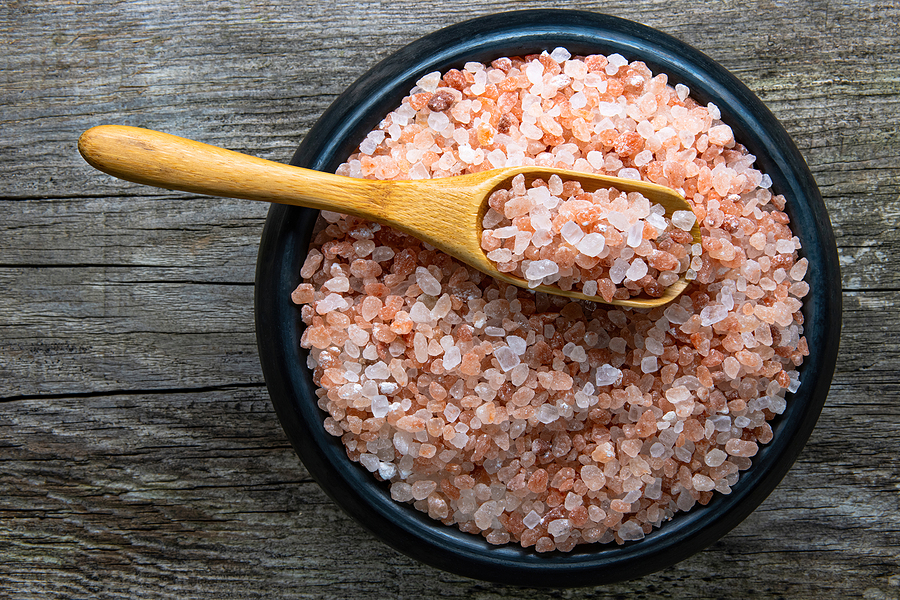
Himalayan Pink salt
Himalayan salt is rock salt mined from the Punjab region of Pakistan. The salt, which often has a pinkish tint due to trace minerals, is primarily used as a food additive to replace refined table salt but is also used for cooking and food presentation, decorative lamps and spa treatments
Table salt has more sodium, but pink Himalayan pink salt contains more calcium, potassium, magnesium and iron.
Nduja
‘Nduja is a particularly spicy, spreadable pork sausage from the region of Calabria in Southern Italy
Nduja does not need to be cooked before eating. It can be served as a spread on crackers or bread but its texture also allows it to be used in cooking, to add colour and heat.
It can be stirred through cooked pasta, added to scrambled eggs or omelettes, incorporated into bread or scone doughs or used in soups and stews of all kinds.
Kaffir Lime Leaves
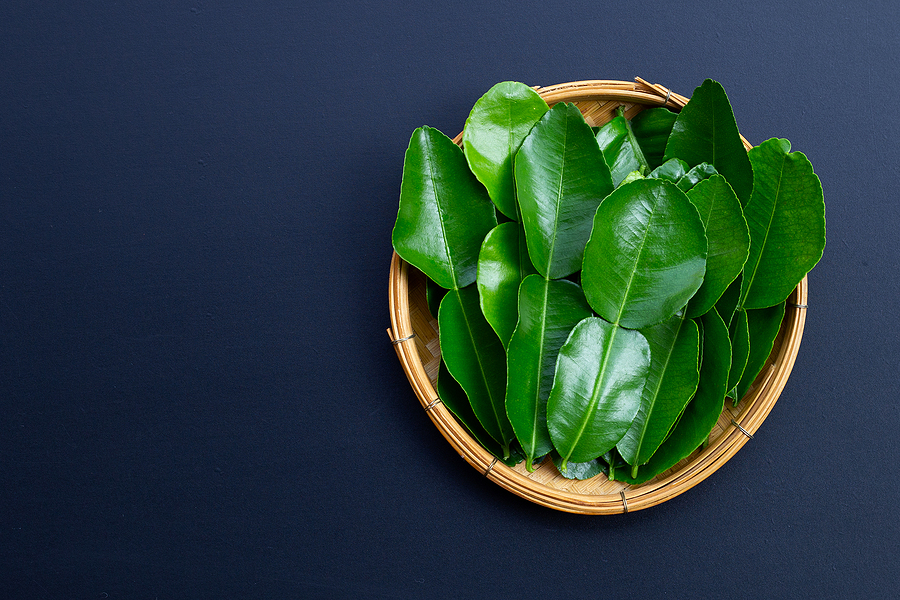
Kaffir Lime Leaves
Fresh kaffir lime leaves are glossy, bright and green and they have an intense zesty fragrance. They are a staple in south-east Asian curries but can be added to all manner of curries, soups, stir-fries or stocks.
When cooking with kaffir leaves, it’s best to think of them as a kind of aromatic bay leaf. Cooks ‘bruise’ or crush fresh leaves in their hands to help release their aromas before adding them to a dish.
Kaffir lime leaves also lend themselves nicely to sweet dishes – try simmering a few leaves into a sugar syrup to drizzle over sponge cakes!
Pomelo
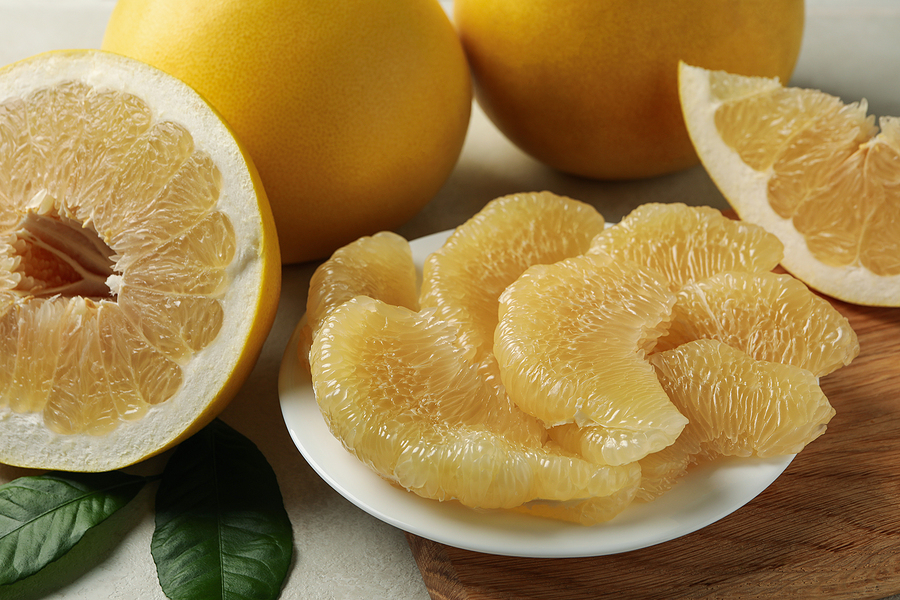
Pomelo
Akin to a large grapefruit a pomelo is the least acidic of all citrus fruit and is much sweeter.
Great to eat on their own or added to dishes with ingredients such as prawns, crab or smoked chicken. BBC Good Food do a tasty prawn and pomelo salad with crayfish tails.
There are also many sweet recipes that are all the tastier for the addition of pomelo.
Pomelos are in season all year round, but at their best from roughly December to February.
Melina - Assistant Editor
Latest posts by Melina - Assistant Editor (see all)
- Top tips for hay fever sufferers - April 14, 2024
- Paysan Breton Cream Cheese Breakfast Wraps - April 12, 2024
- 4 Homemade Sweet Treats for Easter - March 24, 2024
- Playground Memories - March 10, 2024
- The invasion of the duvet: the ’10-second bed’ - February 20, 2024








